The insurance industry has always been paper-bound. Each policy sold is a contract; and although intangible, the promise behind each contract is legally binding. So when insurers move to a paperless environment, they must do so with extreme car.
Insurance Networking News article.
http://www.insurancenetworking.com/issues/2008_89/electronic-compliance-a-feasible-goal-31423-1.html
Insurers that choose to reduce their paper burdens do so for many reasons: to address internal- and external-customer demand for efficiency, boost security, enhance accessibility and drive home a conscious effort to go green. For many insurers across all lines of business, converting paper documents to electronic files means a new focus on risk mitigation and regulatory compliance requirements.
Why? Because converting to a digital environment usually involves more than just scanning and storing policy declaration pages, faxes, applications, claims forms, print streams, volumes of Web content, multi-media files, e-mails, industry standard files such as ACORD XML and more. It also includes the transmission of entire packets of insurance documents for which electronic proof of delivery, signatures, tamper sealing and home routing are required from a legal and compliance perspective.
Insurers have had a legal framework for the use of electronic signatures and electronic delivery available to them for more than a decade, notes Patrick Hatfield, partner at law firm Locke Lord Bissell & Liddell LLP. Hatfield says that thanks to the natural course of events, a number of practices designed to help insurers emerged to supplement this framework.
“Compared to paper processes, a reasonably well-designed electronic signature process, coupled with the right technologies, can actually reduce overall risk,” says Hatfield.
Depending on their line of business, insurers vary on their understanding of what comprises that process, Hatfield adds, noting that life insurers tend to be more advanced, chiefly due to the long-tail nature of the business, followed by health, with its associated Medicare Part B, long-term care and disability options, which require extensive signatures on forms and endorsements.
“Compared to personal lines P&C, for example, which typically requires a year-to-year contract, life carriers furnish long-term contracts, meaning the carrier is on that risk for a long time. If they don’t get the process [of developing a well-designed e-signature process] completely right the first time, there can be long-term consequences,” he says.
Lessons Learned
Since moving to a paperless environment in 1998, and reclaiming enough office space to accommodate expansion efforts, First Rehab Life knew the benefits first-hand. The privately held midsize insurer, which provides New York State disability insurance to 120,000 policyholders and more than a million of their employees, meets the same types of compliance requirements as does a workers’ comp insurer.
“When we first planned to do this, the immediate goal was to take the paper from every file cabinet and convert to digital,” says Anil Chacko, VP, technology, at the firm. “Our goal was to scan everything.”
A joint effort between First Rehab’s operations and technology groups, the team studied ways to implement a total e-delivery solution that would do more than reduce paper; it also wanted to capture signatures and deliver documents to policyholders, agents and claimants.
In converting 4 million paper documents to digital files, First Rehab Life was able to toss 200 file cabinets and recover 24 working spaces, but realized that it would face compliance challenges.
“We had document retention policies for paper, but once we started putting items into digital format, we had to deal with the possibility that the electronic document could be deleted by accident. So our legal counsel said we should follow the same format as paper,” Chacko says. “From an IT perspective, this duplicative process became a data management nightmare, with backups taking 30 to 40 hours.” To resolve the issue, the company built a process into the system that retains electronic documents permanently and paper documents for 90 days so originals can be retrieved if necessary.
The next challenge related to how they viewed and accessed information quickly and efficiently. While the new system obviated the problem of the underwriting, claims and policy services departments trying to simultaneously access the same paper files, it became evident that the design of the new digital system had its drawbacks, too. With some of the files holding up to 120-pages worth of data, retrieving specific pieces of information within those files could negatively affect customer service levels as well as audit processes.
“Before we ended the project, we decided from an efficiency standpoint to change how we electronically filed these documents. And now we classify by broker, policies, agreements, etc., and index them in a common naming platform. This will also help from an audit perspective,” Chacko adds.
